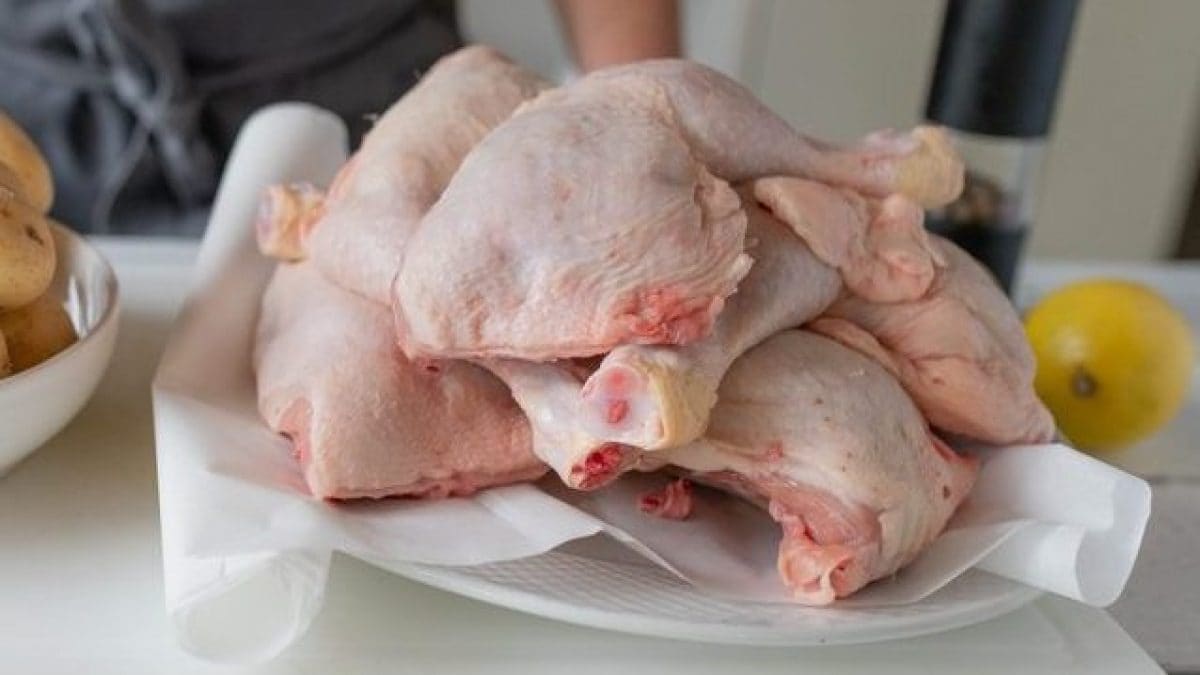
Delicate, digestible, versatile, and therefore the protagonist of countless recipes, from salads to light or more substantial main courses. We're talking about chicken: choosing quality chicken is difficult to go wrong in the kitchen. Yet, despite being one of the most popular foods, it is one of the most dangerous: its meat should never be eaten raw, as is the case with beef, but thoroughly cooked (it is recommended to reach 167°F/75°C at the core), because it is particularly susceptible to bacterial contamination, especially Salmonella and Campylobacter, which are responsible for food poisoning, potentially even serious ones. Therefore, once purchased, whether it is a whole chicken, in pieces, or minced, it must be treated in the best possible way as soon as it arrives home, to avoid unpleasant consequences.
How to Store Raw Chicken
Chicken is one of those foods that should be cooked as quickly as possible, as it perishes quickly due to its high protein and water content, which creates an ideal habitat for microorganisms, including pathogens. As with many everyday products, we tend to handle it with less care, as well as relying on practices that are generally correct, but not in this case. Below are some rules to follow to avoid making further mistakes.
1) Don't Wash It
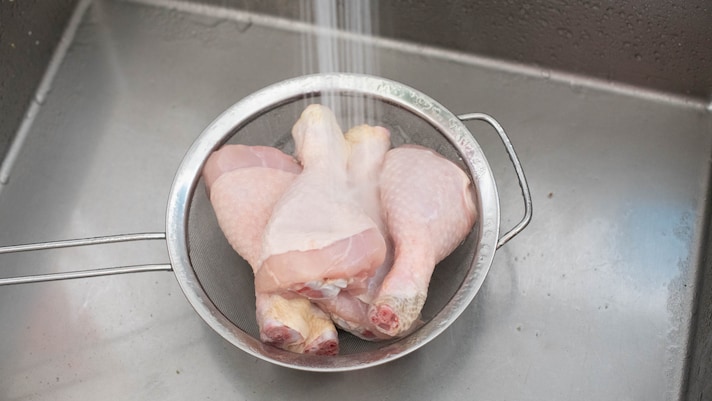
Whether before storing or cooking, chicken should never be washed. Running raw meat under running water doesn't eliminate bacteria, but instead risks spreading them to nearby surfaces through splashes. What you should sanitize, however, are your hands, utensils, and worktops after they've come into contact with raw chicken.
2) Don't Leave It At Room Temperature
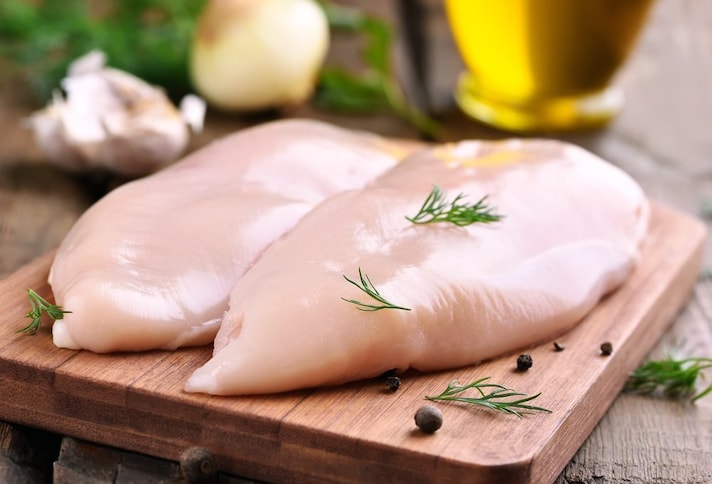
We've said that chicken is sensitive to bacterial growth: to avoid contamination, it should never be kept at room temperature. Bacteria, in fact, grow most in what's called the "food danger zone," between 39°F/4°C and 140°F/60°C. Meat can last for a maximum of 2 hours, dropping to 1 hour in summer or when temperatures exceed 86°F/30°C. The longer it stays out, the less safe it is.
3) Put It In The Refrigerator
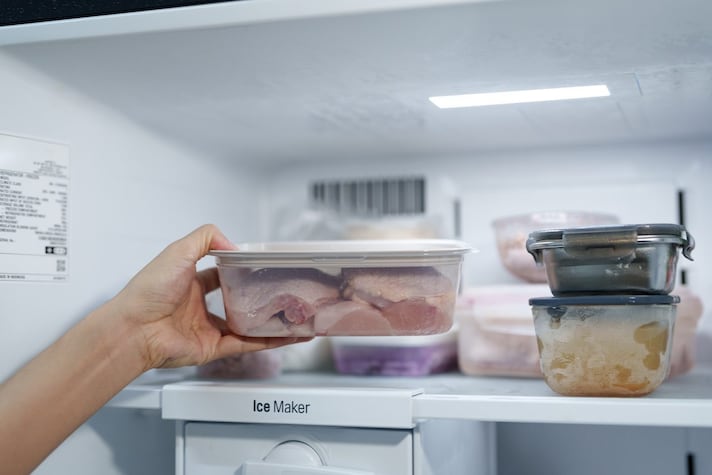
The best place to keep chicken fresh is the refrigerator. The best place to keep it is the coldest, with temperatures no higher than 39°F/4°C. However, this doesn't mean you can "forget" about it: the advice is to cook it within 24 to 48 hours of purchasing it.
4) Keep It Away From Other Foods
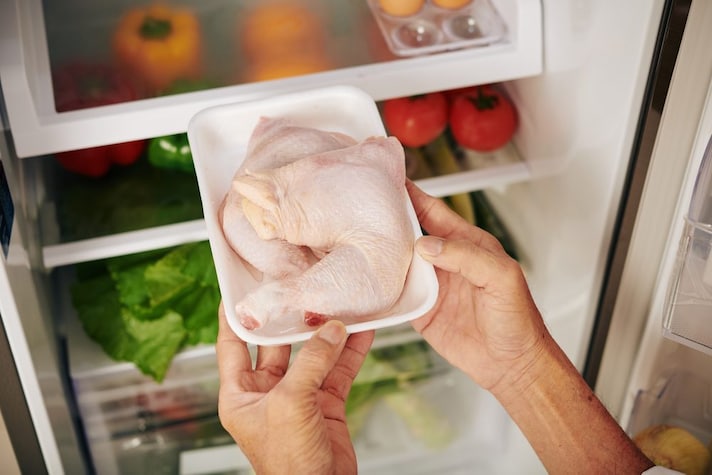
Since it is a food that easily develops bacteria, it is necessary to prevent the risk of cross-contamination to the detriment of other foods stored in the refrigerator: for this reason, chicken should be completely wrapped in cling film, or placed in an airtight container or in freezer bags, which help to isolate it more effectively.
5) Avoid High Shelves
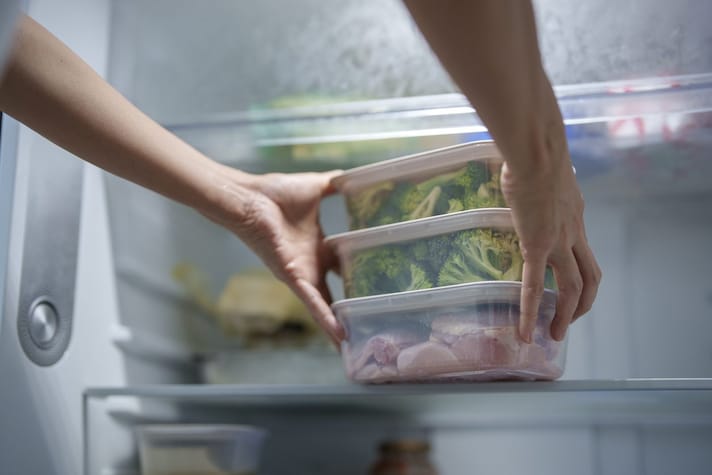
Besides being the warmest, the top of the refrigerator is not ideal because the juices released by the chicken could drip down, making a mess or spilling onto foods that don't need cooking, like fruit and vegetables. This happens more often than you might think, especially if you're defrosting meat on an unprotected plate.
How to Freeze Raw Chicken
Freezing is an excellent way to extend the shelf life of raw chicken without compromising its quality. Before freezing, it's essential to make sure the meat hasn't already deteriorated: to be safe, never freeze chicken that's past its expiration date. Use well-sealed freezer bags or airtight containers for breasts, legs, and drumsticks purchased in trays at the supermarket, discarding the packaging. A good technique is to divide the chicken into portions, so you don't have to thaw it all at once, as it can't be re-frozen raw. How long does it last? Pieces of chicken last up to 9 months, while a whole chicken lasts 10-12 months. However, we recommend using it within 4 months to preserve its organoleptic properties.
How to Thaw Raw Chicken
The most important rule is never to let it thaw at room temperature, on the sink, or on the countertop, because we've seen that in just a few hours it can become a breeding ground for bacteria. The safest method is to thaw it in the refrigerator, leaving it in the lower part for at least 8-12 hours, inside its wrapping or container. This is to respect the so-called cold chain, which protects food from thermal shock. If you're in a hurry, you can use the defrost function on the microwave, which, however, could already partially cook some parts (the external ones) due to the uneven distribution of electromagnetic waves inside the chamber. Finally, we repeat: once defrosted, chicken cannot be re-frozen raw, but only cooked.
;Resize,width=767;)
